A Beginners Guide to Reusable Nappies
Our most frequently asked questions answered plus everything you need to know before getting started with reusable nappies.
What are the different parts of the nappy?
The different types and brands of nappies work in slightly different way but each one consists of a waterproof outer and an absorbent inner.
All nappies will need a liner and these can either be reusable and made from fleece or disposable which are made from cornstarch.
You may also want to add in absorbent boosters either at night time or during the day time as baby gets older and does bigger wees!
What are the different types of nappies and how do they work?
All-in-One Nappy - the outer waterproof shell is attached to an inner absorbent core so the nappy is all one piece. They are quick to out together and often slimmer than other nappy types. They usually have a velcro / aplix fastening so they look similar to a disposable nappy.
Pocket Nappy - This is a two part system, the outer waterproof shell has a pocket where the absorbent boosters go. Once it's put together it functions much like an all in one nappy. They are usually quite slim like an all in one but frequently have popper fastenings.

Hybrids / All-in-Two - These are somewhere in between a pocket nappy and an all in one. They consist of an outer waterproof shell and inner absorbent soakers which snap into the shell. The advantage of this type of nappy is that the outer shell doesn't need to be washed at each nappy change making them cheaper and meaning less washing is needed.
Two Parters - These are often used at night time. They consist of a separate nappy and wrap. The inner nappy is absorbent and can either be shaped like the Tots Bots Bamboozle or a flat folded piece like a terry square or muslin cloth. Two parters are very absorbent and great for containment which is why they are often used at night. They are often bulkier than other styles and more expensive.

What about night time, will they leak?
By using a nappy designed for night time such as a two part system or including an extra night time booster you shouldn't have any issue with leaks.
How many will you need?
There is no magic number because it depends which type of nappy system you use but the number usually quoted is around 20 day time and 3 night time nappies. This would usually allow you to wash every other day, maybe less often as baby gets older and uses fewer nappies. Hybrid and all in two nappies are more economical as you don't need to wash all parts of the nappy after each change so you may be able to buy less if using one of these systems.
How to store and wash them?
After each nappy change shake off the poo into the toilet and store the dirty nappy in a wet bag or nappy bucket. Before you do this make sure that any velcro / aplix on the nappy is secured so the nappies don't get snagged in the wash. Take boosters out of pocket nappies and unfasten any boosters snapped into hybrids. I recommend using a wet bag as this enables you to easily turn the nappies out into the machine.
On wash day fill the machine no more than three quarters full and put on a rinse cycle first as a prewash. Using washing powder (no liquid or softener as it builds up on the nappies) choose a 40-60 degree cycle which lasts at least two hours. Basically it needs to be a full wash (not eco or quick) to ensure the nappies get cleaned properly.
I'd recommend air drying the nappies outside if the weather allows as the sunlight removes any stains. In winter and on wet days you can dry indoors on an airer or ceiling rack. They can be put near a radiator but not on it as this will impact the PUL (waterproof layer). Some brands can be tumble dried but bear in mind that this will in time degrade the fabric (all the fluff in the dryer filter is lost absorbency from your nappy inner!).
What about poo?
You will come into contact with poo but this will happen whatever kind of nappies you use! Before weaning liquid poo can easily be rinsed off before the nappy goes in the wash bag. After weaning any solid poo in the nappy can be shaken off or scraped off the liner into the toilet. There will be times when the poo end up on the nappy but you can just give it quick rinse before it goes in the wash bag or bucket. If your nappy does end up with a stain these can easily be removed by leaving the nappy out in the sunlight or out indoors on a windowsill. Sun is natural bleach!
Are they hard work?
The short answer is no! They are a bit more time consuming than disposables as they need to be washed rather than thrown away but once you get into a routine this becomes second nature. It's actually quite rewarding knowing how much you reduce your families waste by using them and many nappy users, me included, enjoy the nappy washing, drying, stuffing ritual.
Newborn V's Birth to Potty
If your baby is under 9lbs and you want to use cloth nappies from birth you'll need newborn nappies. Baring in mind that newborn nappies typically last until 12lbs an all in two /hybrid or two part system is most cost effective. You don't need to change the outer part at every nappy change so will need to buy less.
As these nappies won't be used for that long you'll easily be able to sell them on or store for future babies. Alternatively you could opt for birth to potty nappies (usually suggested from 9lbs) and use disposables until baby is big enough for them.
If you'd like more information about using reusable nappies have a look at our other blog posts.
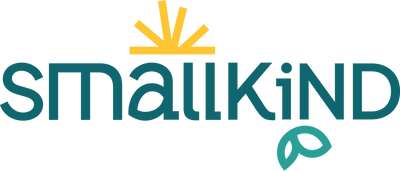
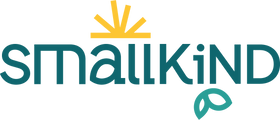
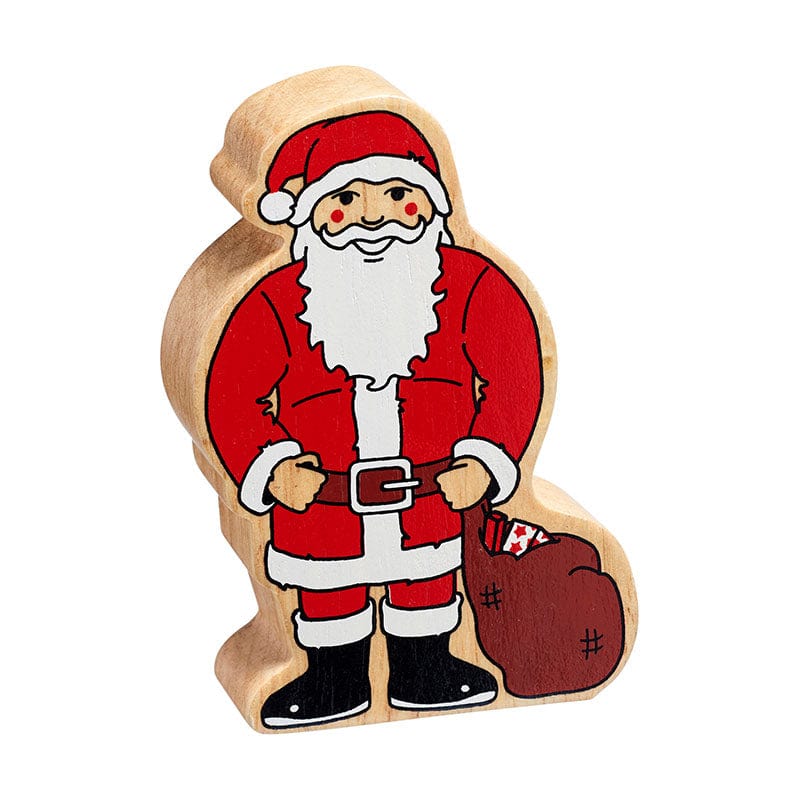


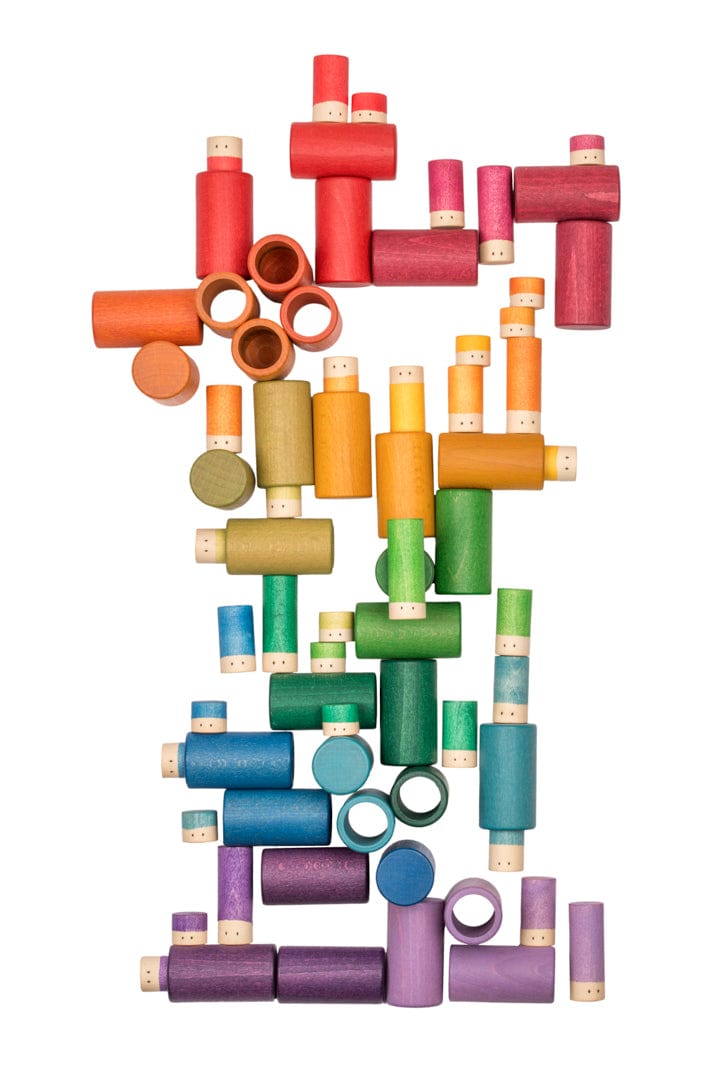
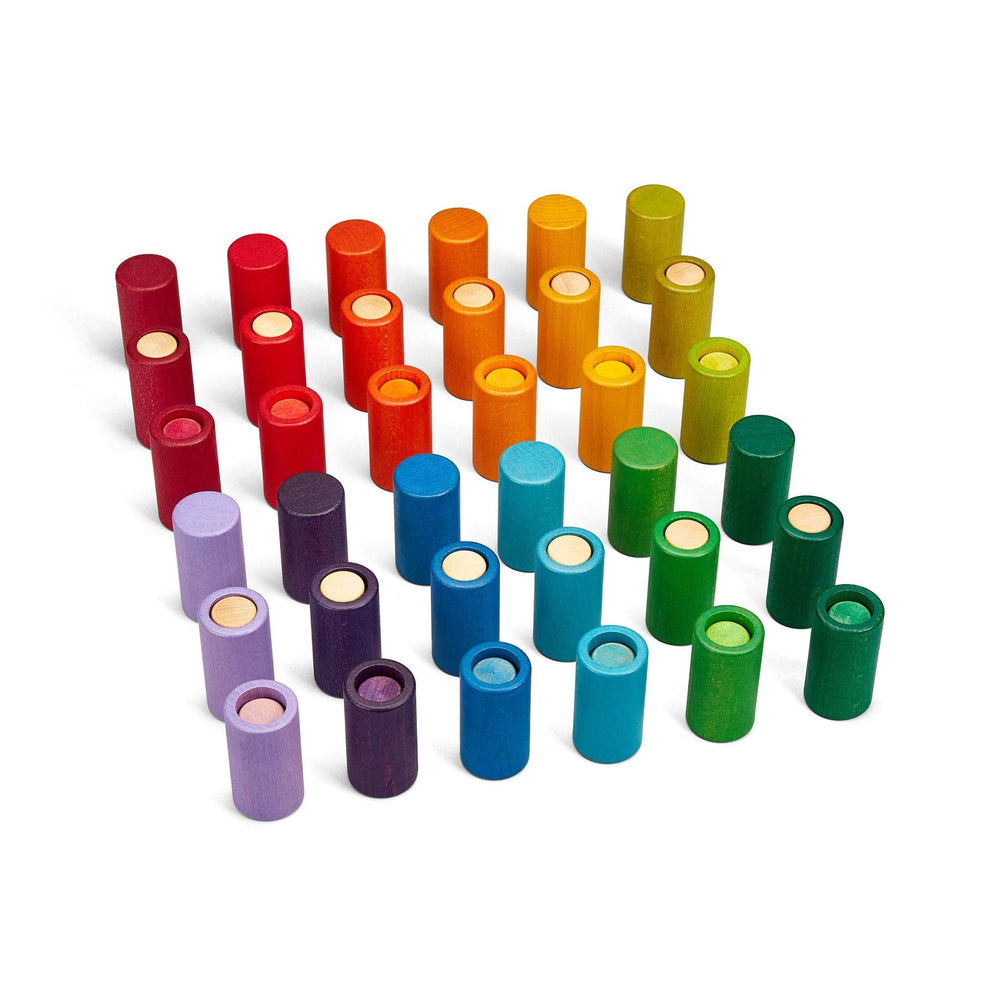


Leave a comment